Supermarket fruit and vegetables are never more expensive than in late autumn and winter. A cabbage suddenly turns to gold, and a leek isn’t far behind. If you want to beat the seasonal price-hike, follow our smart new tips, and you’ll be eating out of your garden right into early spring.
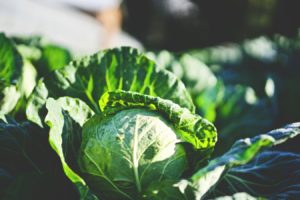 Creative with cabbage
Creative with cabbage
Cabbages are a Godsend in the colder months, and if you’ve grown the best varieties for the season, you’ll be harvesting Savoy, drumhead and red varieties for many weeks. But what few gardeners don’t realise is that once the cabbages are finished, there’s still life in their stumps. That’s right! If you simply harvest the head, and leave the stem and roots in the garden, a feathery new clump of tender foliage will sprout from the top of the stem a few weeks later. The leaves of this new growth are so delicate they can be diced into salad or lightly sautéed in butter and a little garlic. And who wouldn’t welcome that in the depths of winter!
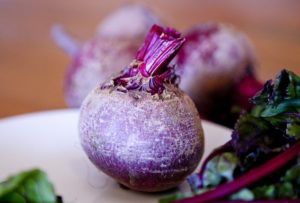 Hygienic harvest
Hygienic harvest
Silver- and perennial-beets are cold season mainstays. Steamed and added to egg to make tasty frittata, or stir-fried with Chinese 5 spice, they can be enjoyed as the focus of a vegetarian meal. But these handy beets will have a much longer life in the winter months if you attend to garden hygiene as you harvest. Never slash through the stems of beet leaves with a knife, a practise which leaves behind damaged material that becomes an easy target for disease. Once disease takes hold, the entire head of beet can be lost. Always harvest beet leaves by sliding your fingers down into the very base of the leaves so they break of cleanly at ground level. And if you spot any damaged or decaying leaves close to or lying on the ground, remove them cleanly, too. Prevent disease, and your beets will keep on producing into spring.
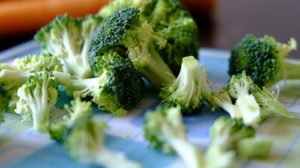 Second life
Second life
Brussels sprouts and broccoli have a second life that few know about. Once you’ve picked the sprouts from the stem of your Brussels sprouts plants, leave the head to grow on. It will produce tasty, peppery new leaves. Cut them before the plant runs to seed and enjoy them in coleslaw as you would cabbage. Broccoli will also give you a second round of greens if you cut off the main head but don’t remove the plant from the garden. As the weeks go by, harvest the broccolini that grow from the stem. They are no larger than your thumb but are the sort of fresh, tender morsels we crave in the cold season.
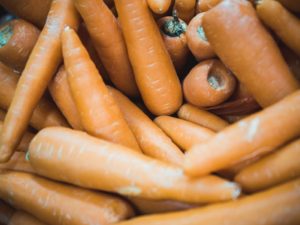 Clamp and cover
Clamp and cover
Carrots and parsnips are notorious for running to seed in late winter or early spring – the very time we need them most. Before your root vegetables reach their best-by date, dig them carefully, making sure not to nick them with your fork. Trim off their foliage to within 4 cm of the root. Dig a hole in a cool part of the garden, making it two spades deep and about a metre wide (depending on how many vegetables you have dug). Place the trimmed roots into the hole, cover them with a wet hessian sack (or an old towel) and shovel 2-3 centimetres of soil on top. When you want roots for the kitchen, lift a corner of the sack and take them out. This very old method of root storage is known as clamping, and it delays your vegetables running to seed by several weeks (or even a month or 2 depending on temperatures).







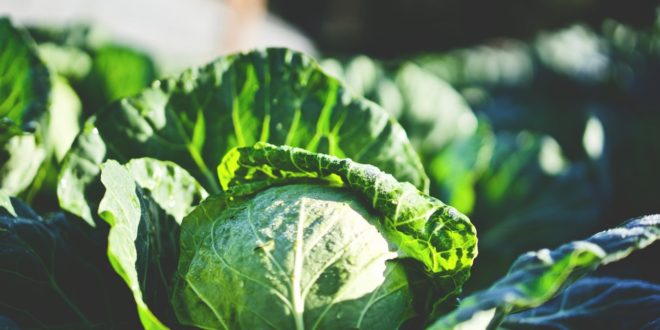

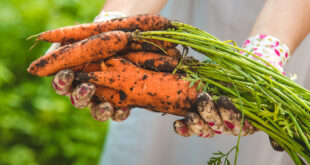
Join the Discussion
Type out your comment here:
You must be logged in to post a comment.